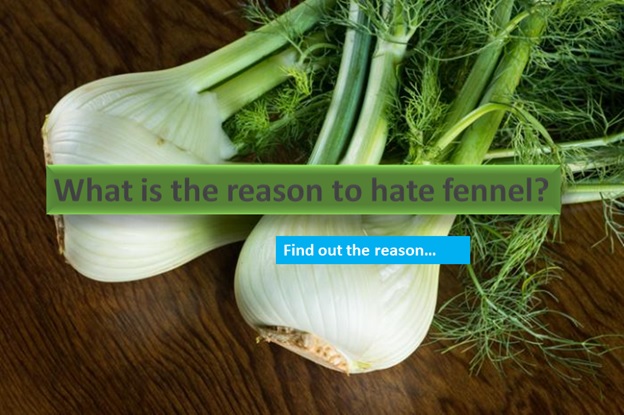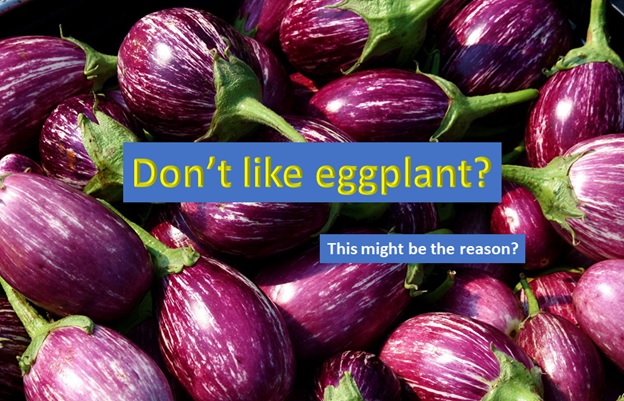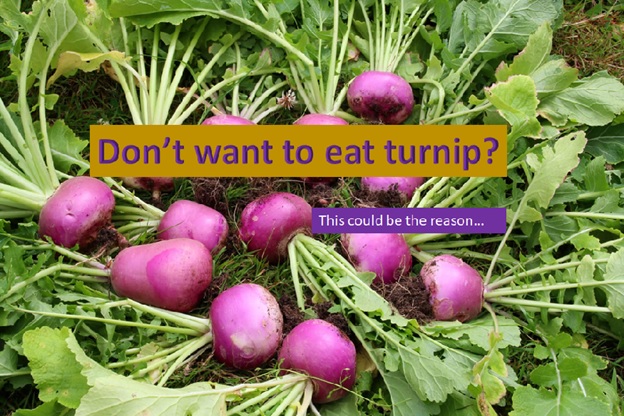
Unbelievable uses of mustard oil
Mustard oil is edible oil and apart from cooking it has several benefits that most of us are not aware off.
Healthy skin complexion: Mustard oil contains Vitamins A, B and E. Applying it on skin improves the skin tone.
You can also use mustard oil in following different ways for better skin condition:
- If you would like to get a flawless skin then try coconut oil and mustard oil combination. Mix both in 1:1 ratio and massage on skin. Leave it for 15 mins and wash using warm water.
- Mix mustard oil (1 tsp), turmeric powder (1 tsp), saffron (3-4 strabds), gram flour (1 tso) and sandalwood paste (1 tsp). Mix well and apply this on face as a face mask for 10 minutes. This removes the dead skin and skin looks fresh and glowing.
- Mix 1 tbs of yogurt, 1 tsp of gram flour, 1 tsp of mustard oil, 1 tsp of lemon juice – mix to make a paste and apply for dark spots and dark area in the neck region. Leave it for 15 minutes and wash using warm water.
For body pain:
Mustard is known for its anti-inflammatory and anti-bacterial properties. Take 2 tsp of mustard oil and it to a cup of coconut oil. Mix well and heat the mix (do not over heat). Cool and strain the mix. Massage this oil mix on the skin an hour before bath. This reduces body ache. Massaging helps in blood circulation and stimulates sweat glands, thus removes the toxins from the body!
Hair care using mustard oil:
- Take a small quantity of mustard oil and warm it for few seconds. Apply oil from the roots of hair and gently message the oil on the scalp. Leave it for 2-3 hours and wash using a good shampoo. It acts a s good conditioner.
- Use it twice a week. It locks the moisture in the scalp and helps hair to keep moisture and supports its growth.
- Amount of mustard oil that you apply depends on your hair texture. If your hair is too dry and damaged tips, then you need more oil and keep it soaked for more than 3 hours – probably overnight. This will help scalp and hair to absorb the oil and moisture restores in the hair.
- Applying mustard oil also helps in preventing premature graying.
- Mix equal amount of coconut oil and mustard oil, add little lemon juice and massage on scalp. This helps to get rid of dandruff problem.
For joint pain and arthritis:
Massaging mustard oil on the joint helps in reducing arthritis pain and swelling.
For asthma:
Massaging warm mustard oil on chest relieves the stress of asthma on lungs. For this mix little camphor or eucalyptus oil with mustard oil and rub it on chest.
Applying mustard oil on belly button: Belly button is a curing area through which many conditions can be cured. Studies have shown that applying oil on belly button region (for example castor oil) reduces pain and helps in relieving indigestion. Similarly, applying mustard oil in belly button region helps in curing few conditions. Studies say that the oil absorbed by veins which are connected to the different parts of the body!
- Chapped lips:
For this a traditional method says, “putting few drops of mustard oil on belly button before going to sleep” helps to get smooth lips.
- Menstrual pain and stomach ache:
Applying mustard oil on naval region also reduces menstrual pain. Pain due to acidity, gas and indigestion also can be reduced by applying it on belly button.
- Good for digestive system:
Applying mustard oil on around naval and massaging slowly in circulation motion, helps in stimulating bowel movement and proper motion. It boosts appetite and digestion too.
- Swollen throat and cold:
Applying mustard oil in belly button also gives quick relief from swollen throat and cold.
Mustard oil in cooking:
In India, northern regions use mustard oil in cooking. This helps in stimulating digestion and protects heart as it contains Omega 3 fatty acids.
If there is any irritation or if you develop rashes using mustard oil, then stop using it and talk to your doctor about the reaction.
Grandma’s remedies: www.healthylife.werindia.com
Image credit; Photo by Kaboompics .com from Pexels
Author: Sumana Rao | Posted on: December 22, 2017










